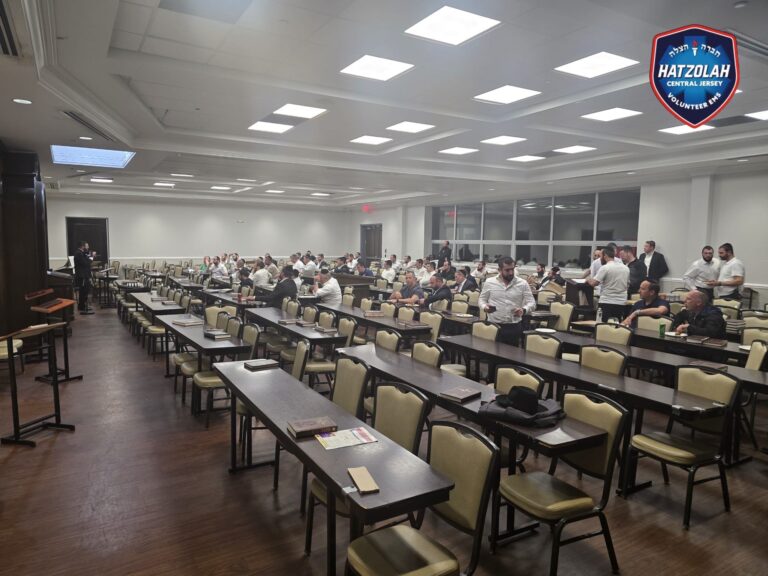Without power in Manhattan since the storm Sandy hit, Doug Block is in denial about his car. The 2003 Pontiac Vibe is in a garage on East 20th Street – a good two blocks from the East River – and flooded, probably over the top of its hood. Block, 59, has not seen the car yet, does not really know what condition it is in, and he does not quite know what to do about it.
“My wife filed a claim with State Farm, and we’re waiting to hear back from them,” says Block via email. “We haven’t even been able to get in far enough to assess the damage. But we talked to others parked near where we are, and their cars were ruined, so we’re assuming the worst.”
Block, a documentary filmmaker, and his wife, a law professor who teaches on Long Island, are now trying to rent a car so she can get to work, but available vehicles and gas are sparse in Manhattan.
So, for now, they wait.
While the attention after the storm has been on those with working cars who cannot get gas, there are potentially hundreds of thousands of flooded cars across the region. An iconic picture of storm damage shows a whole taxi fleet in Hoboken under water.
State Farm’s car claims were up to 8,000 on Thursday afternoon – almost as many claims as the company got for Hurricane Irene last year, and double what the claims were the day before. USAA, another insurer, says 4,000 auto claims have been reported through Thursday afternoon.
By comparison, after hurricane Katrina, there were 325,000 known vehicles that were flooded, says Frank Scafidi, public affairs director of the National Insurance Crime Bureau.
This storm could yield a similar number, but not everyone with a flooded car due to Sandy has filed a claim yet.
Captain Paul F. Beglane of the U.S. Marines is marooned on an oil barge in a hurricane berth in Newark, New Jersey. His truck, however, is in Red Hook, Brooklyn, and it’s likely flooded. “The waterways are closed to all but emergency traffic and Port Newark’s port security won’t let any mariners on or off our vessels while we’re moored to their dock,” Beglane said via email.
TIME TO FILE
There’s no particular rush for Beglane, says State Farm spokesperson Holly Anderson, since most cars that are flooded past the dashboard are totaled by the insurance company. The electronics inside are just too sensitive to water, and most of them are so expensive to fix that an older car is more economical to just scrap.
The good news is that car owners with comprehensive coverage are covered for water events, and likely won’t face the same sort of hurdles with insurers as homeowners who may have various parts of coverage denied or haggled over.
Cars with minimal damage can be fixed, if they are dried out properly. Insurers suggest having a wet car examined by a mechanic before starting the engine. “Flooded cars are not always totaled,” according to Nicole Alley, a USAA spokeswoman. “It depends on the water level and type of water – salt, brackish or clean water.”
The downside is that the dollar value of a totaled car may not match up with its functional worth to a family. Block, for instance, has a $500 deductible, and isn’t expecting much cash in return for his 10-year-old set of wheels. “It’s too bad since we loved the car and it was running fine – mostly because we put a good amount into repairs in the past year,” he says.
If you don’t know what condition your car is in, like Beglane, however, you can file a claim and get an insurance adjustor to take a look.
And what if you can’t locate your car because it floated away? The insurance company can deal with that, too. “We won’t go look in the bottom of the ocean, but if your car floated away, it’s something that’s going to be totaled out anyway,” State Farm’s Anderson says.
TROUBLE DOWN THE ROAD
The real trouble comes later, if cars that have been totaled or have been refurbished after flooding go back on the market without the proper disclosure.
“People who are savvy enough can pick up a salvage vehicle and have a decent vehicle to sell, but they know it’s been flooded,” sa ys Scafidi o f the National Insurance Crime Bureau.
What is supposed to happen when an insurance company totals a car is that the title gets branded as having been flooded and totaled. That record should be available to the public, via a database maintained by The National Insurance Crime Bureau, or a service like CarFax. Also, if a car has been flooded, but not totaled, that is supposed to be noted on its records. But that doesn’t always happen.
“A seller can get a clean title from state x and sell in state y, and that buyer is none the wiser,” says Scafidi. That is, until the car starts falling apart or growing mold.
Block says he will miss his Pontiac, but realizes how blessed he is in the scheme of things. “Things could be better, for sure, but they sure could be a whole lot worse,” Block says.
(Reuters)











One Response
“State Farm is saying they’ve received 8,000 claims already”- sure because people who buy Bentleys and Ferraris don’t usually insure with State Farm. Don’t forget this is Manhattan; where it’s not uncommon to have parked dozens of Mercedes,Lexus,Porsches, and BMWs that can total millions of dollars collectively, and that’s just Battery Park.